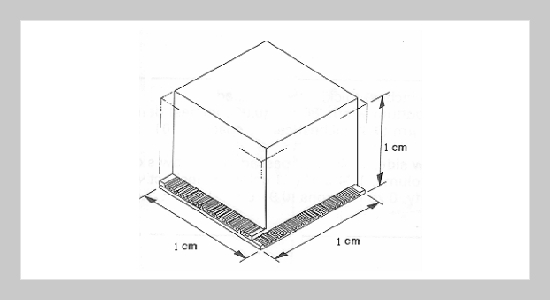Shung-Wen Kang This email address is being protected from spambots. You need JavaScript enabled to view it.1, Yu-Tang Chen1 and Guang-Shang Chang1 1Department of Mechanical and Electro-Mechanical Engineering Tamkang University Tamsui, Taiwan 251, R.O.C.
Received:
March 21, 2002
Accepted:
June 26, 2002
Publication Date:
September 1, 2002
Download Citation:
||https://doi.org/10.6180/jase.2002.5.3.02
The micro cross-flow heat exchanger made of (110)-orientated silicon is fabricated by bulk micromachining that is compatible with semiconductor producing processes, and wafers with hundreds of high aspect ratio channels are bonded together by diffusion bonding with aluminum as medium layers. The core of the micro heat exchanger is about 0.918 cm3 , and the density of the heat transfer area is 15,294 m2 /m3 . Using pure water as the working fluid, the Reynolds Numbers show that the fluid field is always laminar flow, and as the maximum pressure drop reaches 2.47 bar, the flow rate is greater than 4.5 L/min. The heat transfer measured between hot and cold fluid is 5 kW; the log mean temperature is greater than 30 K, and that makes the overall heat transfer coefficient up to 24.7 kW/m2 -K, corresponds to a volumetric heat transfer coefficient of 188.5 MW/m3 -K. Except reacted on a few special chemicals, silicon has excellent properties in mechanics, heat transfer, and anti-corrosion, so the (110) silicon based micro heat exchanger suits for the operations at high temperature or in corrosive fluids. The extremely small heat sink appears to have a variety of current and potential applications in areas such as micro-electronic cooling and biomedical processes where high heat transfer power are required with little weight and small volume.ABSTRACT
Keywords:
Micro Cross-Flow Heat Exchanger, Bulk Micromachining, Heat Transfer Area, Pressure Drop, Heat Transfer Coefficient
REFERENCES
















